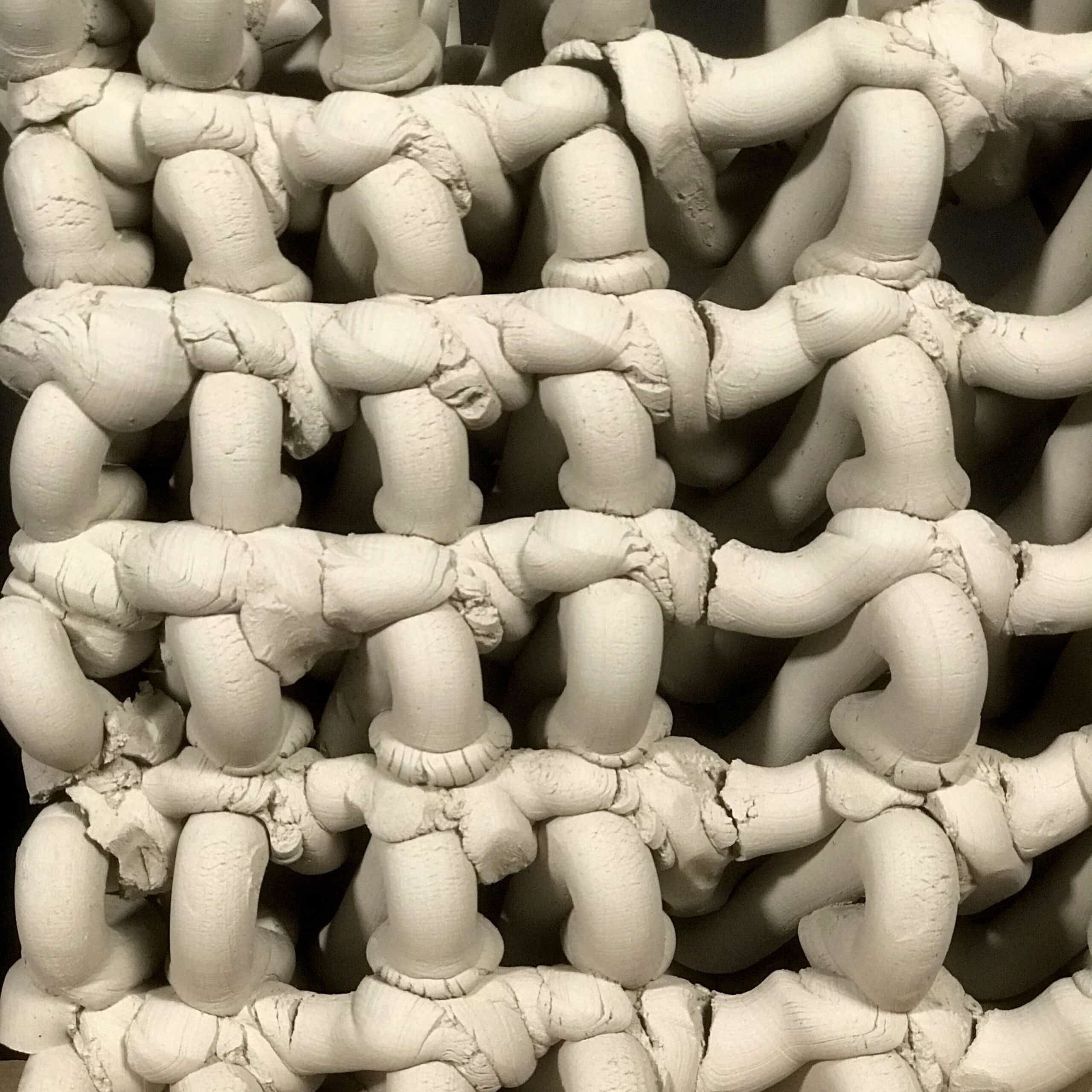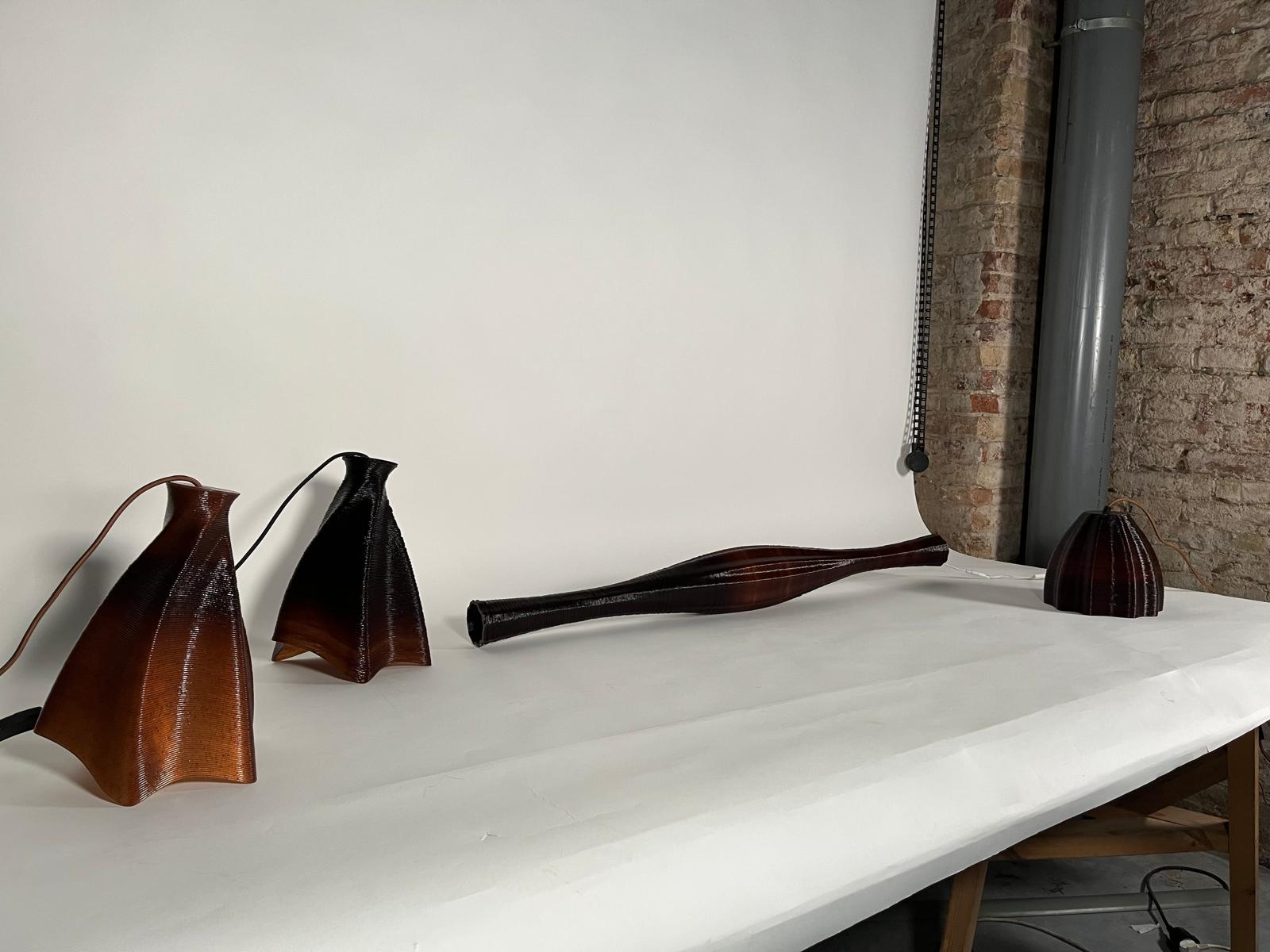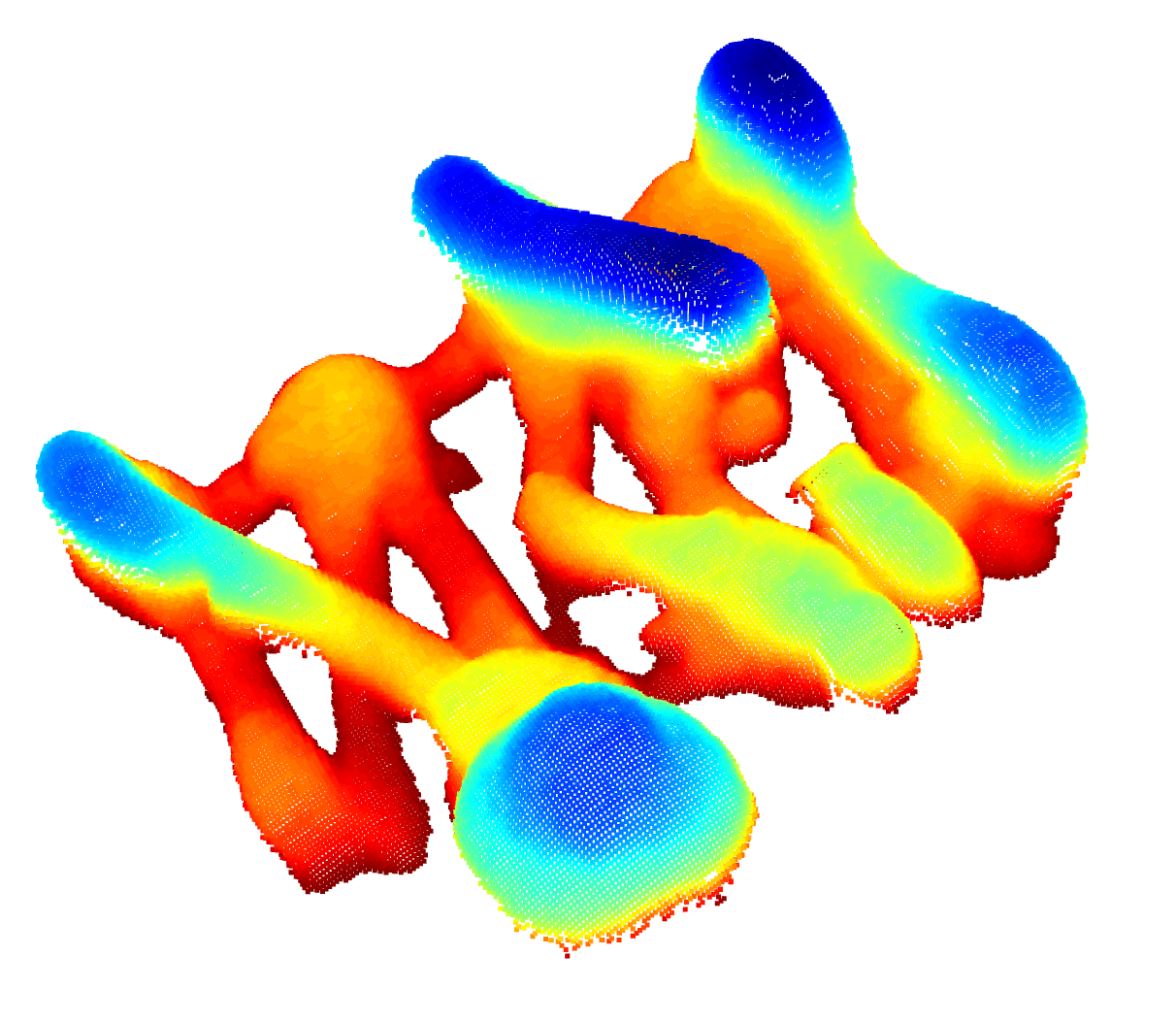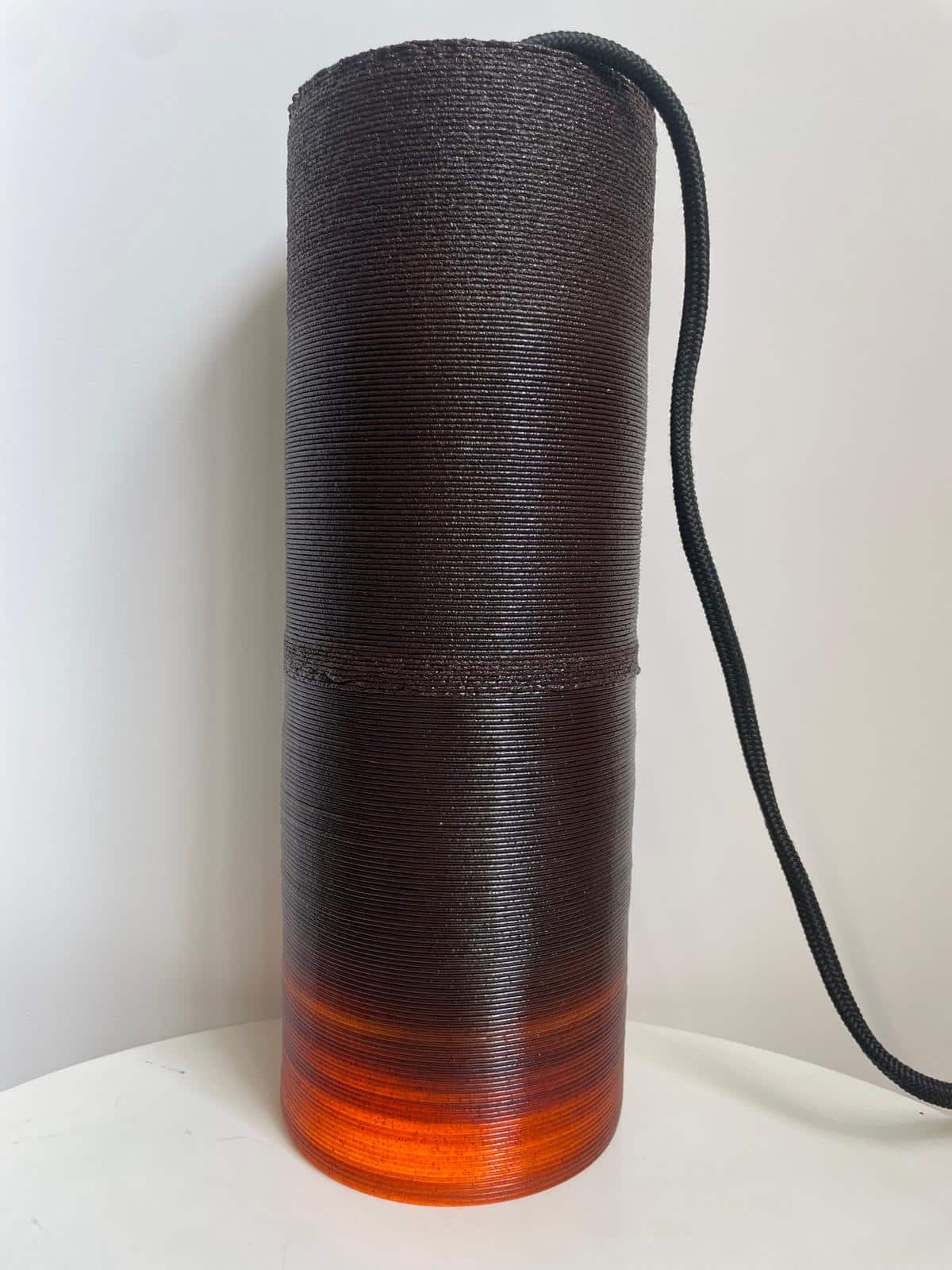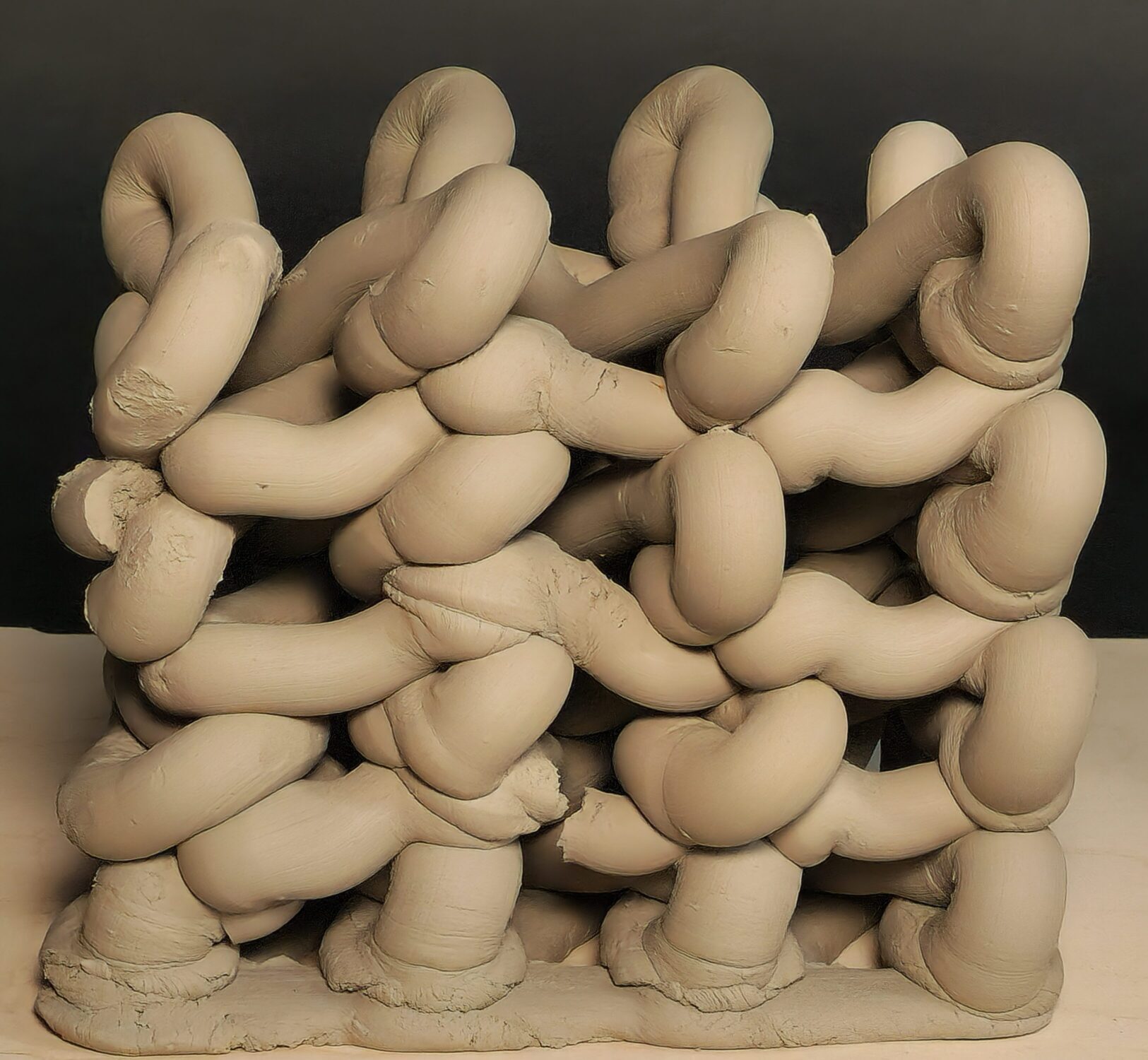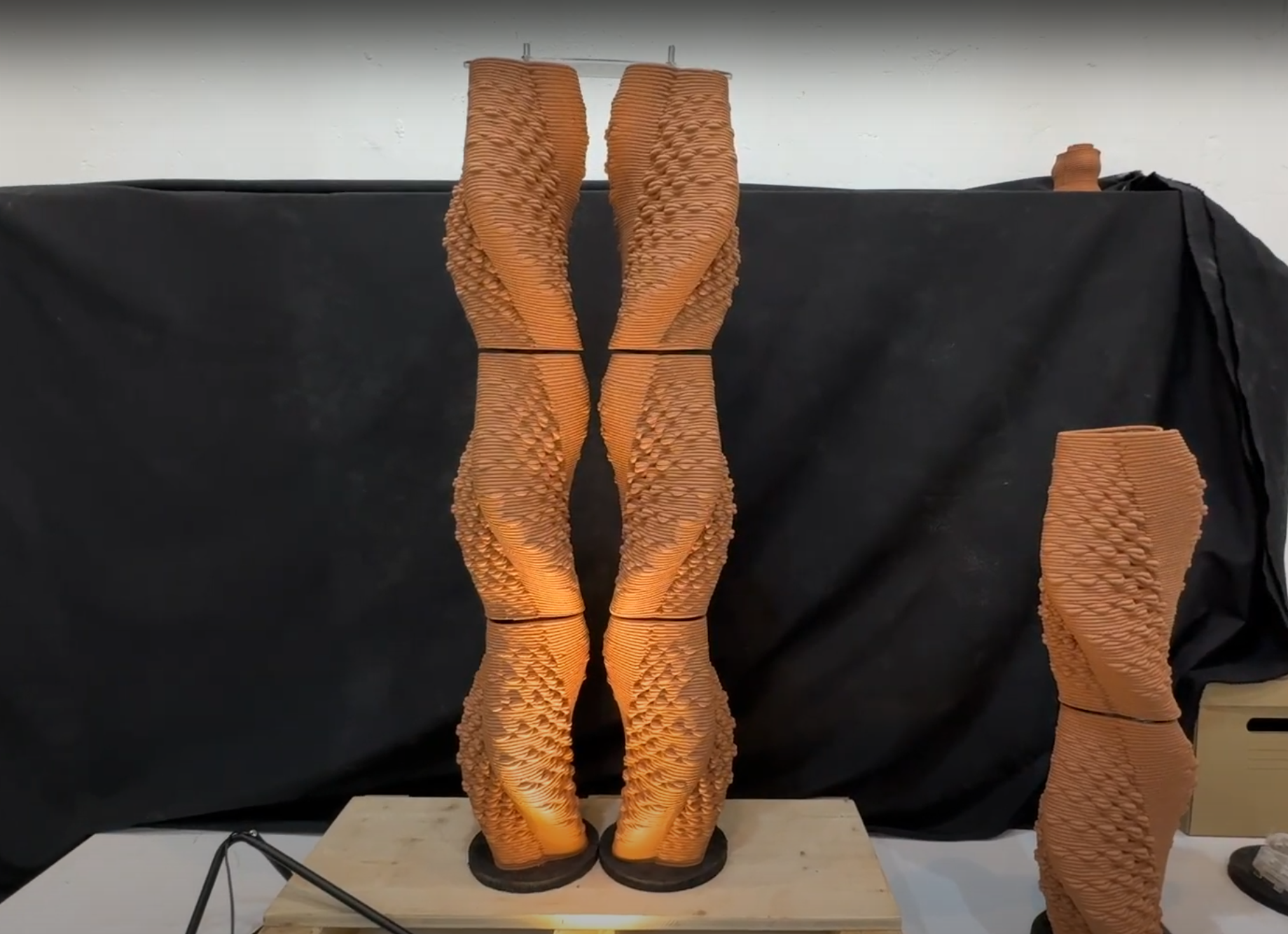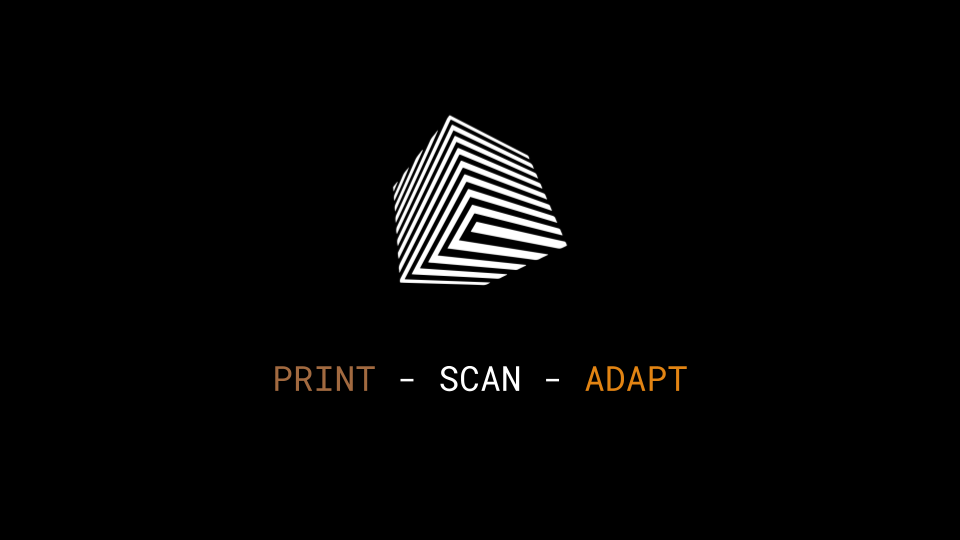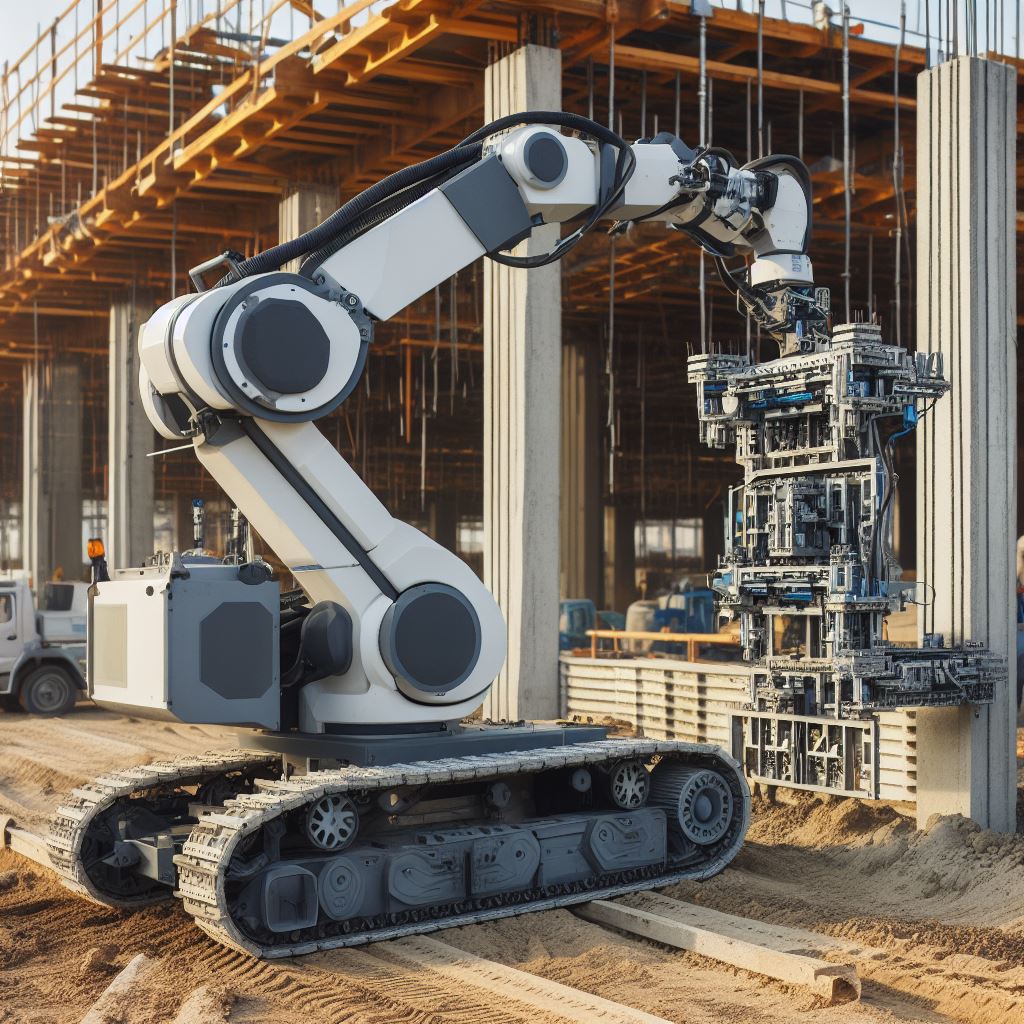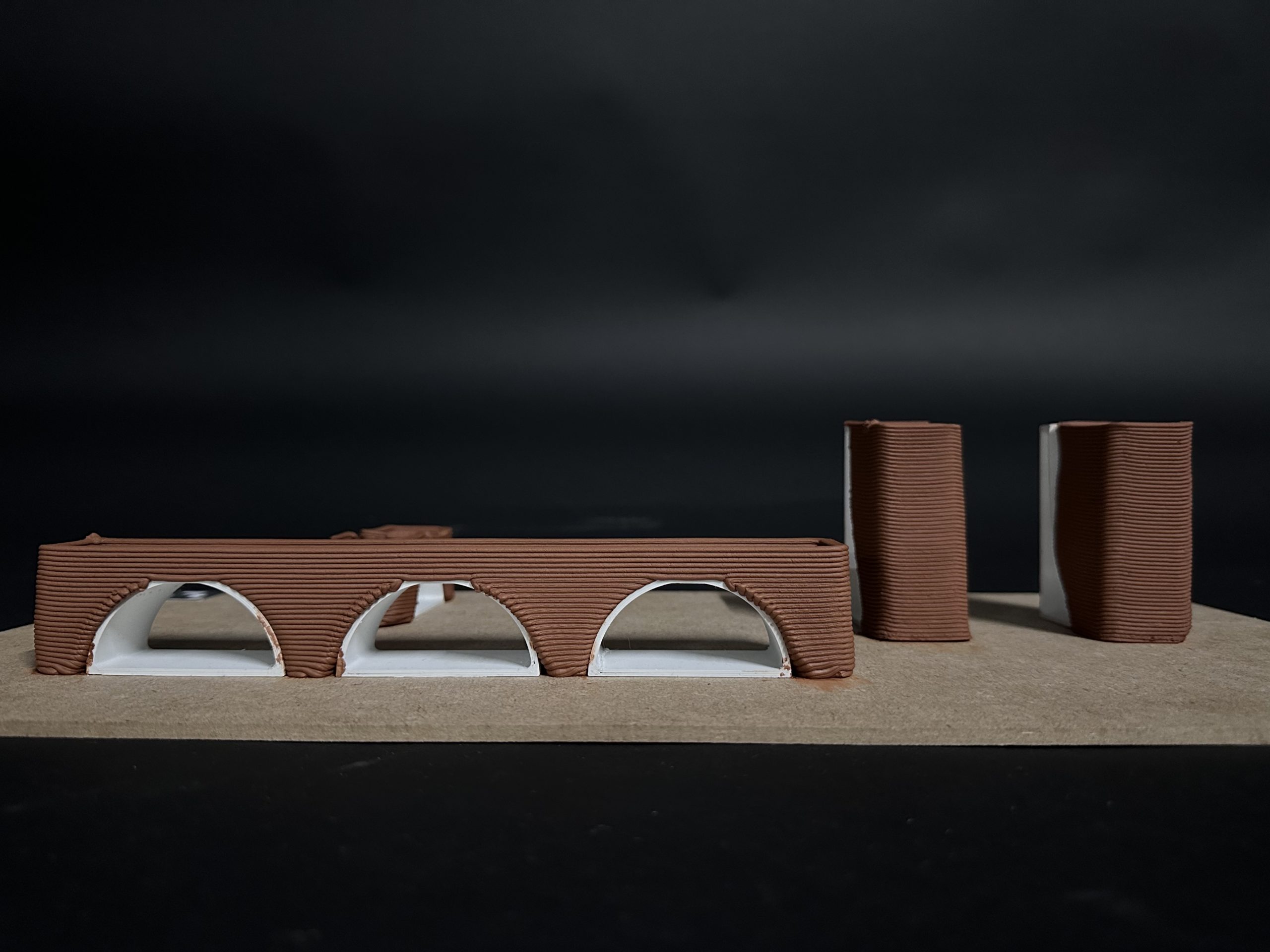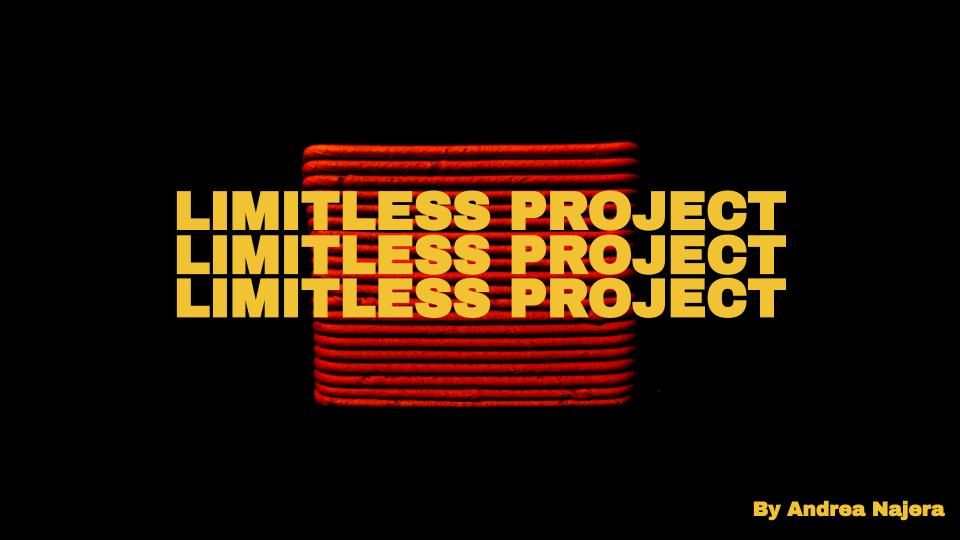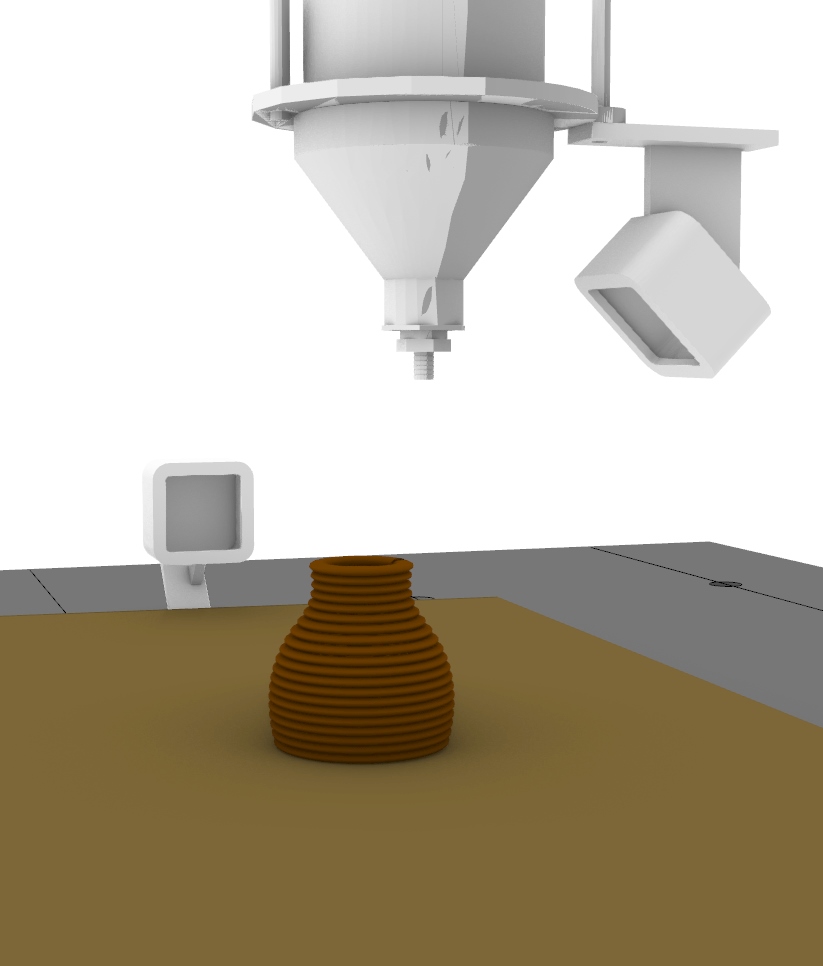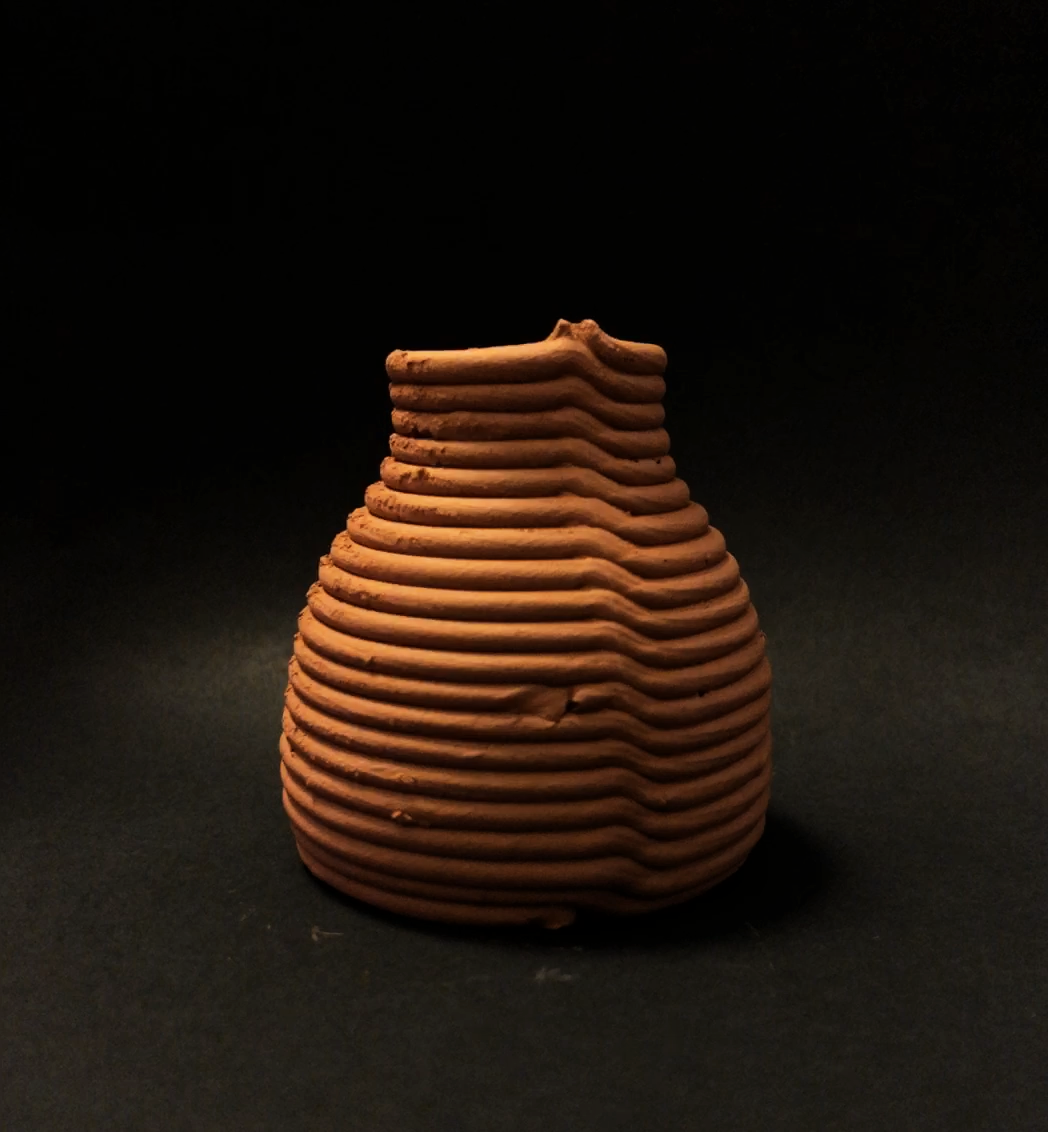Targeted toward students’ future careers in Academia, Start-up, or Industry, the second year of the Master in Robotics and Advanced Construction offers the opportunity to develop a thesis project with the support of IAAC infrastructure, experts and network.
The development of the project will be supported by advanced seminars in Technology, Theory, and Business to bring the proposal state of the art research that can really impact the construction industry.
In parallel to the development of the Thesis Project Studio, the second year of the Master in Robotics and Advanced Construction offers a series of seminars enhancing the theoretical, practical, and digital skills of the students. Students will also have the occasion to join cross-disciplinary workshops to build large prototypes and installations.
Cacau III
1. Research Statement AIM OF RESEARCH: To create a biocomposite material primarily out of Cacau Seed Shell and utilizing PLA as its matrix and use it for robotic additive manufacturing process to produce interior design pieces, following evaluation parameters from circular economy 2. How to add the maximum amount of CSS to PLA Matrix 3. … Read more
Clay Spatial Printing II (Sensing for Detection)
Workflow for Detection (Transformation to the Real World) Test for getting the points in real world Workflow for Detection (Getting points into the Trajectory) Test for getting the points in real world Workflow for Detection (Processing on Point Cloud) Test for getting the points in real world Machina Connection for ABB_6700 (Simulation)
Cacau II
For this term experiments and tests were conducted for the evaluation markers of the biocomposite of PLA with different charges of Cacau Seed Shell and the Fabrication performances of each biocomposite charges. Tests on mechanical perfomances such as Tensile Strenght, Flexural Stress and Izod Impact were conducted. Compostability tests were also setup in the range … Read more
Pitch Deck – Estudio Ona
Supply Chain Opportunity to Solve The immense volume of organic waste generated by Brazil’s agricultural and food industries, including residues from cocoa, açaí, Brazil nuts, passion fruit, cupuaçu, buriti, and murumuru, represents a significant untapped resource. These byproducts, often discarded without proper utilization, contribute to environmental challenges and economic losses. Many of the companies highlighted, … Read more
MURO DE AGUA
INTRO This study investigates innovative joinery solutions for modular evaporative cooling systems using 3D printed clay. With the rising global temperatures and subsequent increased demand for energy-consuming air conditioning systems, there is a crucial need for sustainable cooling alternatives. The research focuses on addressing the challenges of material shrinkage and joinery reliability in 3D printed … Read more
PRINT-SCAN-ADAPT
Context Is additive manufacturing going to change the way we fabricate? Certainly it is, additive manufacturing has an immense growth potential with a 22% annual growth as it has offers mass customization and reduced waste. One of the challenges in additive manufacturing is to improve the precision and reliability of the manufacturing process. This can … Read more
EMBEDDING ASSEMBLIES
Mechanical Inserts for 3D printed Clay Due to land scarcity, the construction industry pushes architecture to shift its focus towards the entire life cycle of the final construction, considering its various phases, from its sourced material and manufacture, to its utilization and eventual end of life. Minimizing material usage and construction time has provoked the … Read more
Business of Mobile Additive Manufacturing
Rapid urbanization demands more efficient construction methods: Labor shortage in the construction industry: It is important to note the type of machinery being used by these two companies for 3D printing. Tvasta uses a robotic arm equipped with an extruder for printing concrete and L&T uses a gantry system, which is a big framework inside … Read more
Limitless Project
The industry of construction creates most of the waste in the world. By 2025 we expect to reach 2.2 billion tons globally. As a solution of this problem, industry 4.0 proposed the Additive manufacturing process, which is looking for the optimization of fabrication and construction adding layer by layer different materials; this process started being … Read more
Adaptive AM in Robotics
Context Additive manufacturing is growing exponentially in many industries at many levels, pushing towards new upgrades as a competitive alternative by reducing its logistic and production costs and increasing its flexibility and adaptability to the market’s demand. However, there is still an important challenge that it is facing: a gap on matching references between physical … Read more
Limitless Project
The construction industry creates a waste that is expected to reach 2.2 billion tons globally by 2025 (Transparency market research). Because of this the market started trying different new techniques to construct with less waste, that is how with the 4.0 industrial revolution came the Additive manufacturing process, that fabricates physical 3D objects layer by … Read more
Computer vision and AI in the Additive Manufacturing process
How can we improve the additive manufacturing process? According to a panel of experts, this process is not perfect. There are several issues on it, like the time that they normally spend prototyping to have “the perfect piece”. This involves different parameters like speed, pressure, Material Consistency, the calibration of the robot, etc. In most … Read more
Limitearth Project
The annual construction waste is expected to reach 2.2 billion tons gobally by 2025, to try to solve this kind of problems in this sector we can use the Additive Manufacturing fot the optimization of Fabrication and construction. Key advantages of AM By 2020, the AM sector will grow up to a €13.4 billion industry … Read more
Context aware AM: Research Thesis
This research thesis seeks for an opportunity to introduce specific human actions in the additive manufacturing robotic process to generate custom and adaptive fabrication flows based on local needs and conditions and set in a cyber-physical working environment that will scan and verify the results before and after every intervention. 1. Framework According to UN, … Read more

